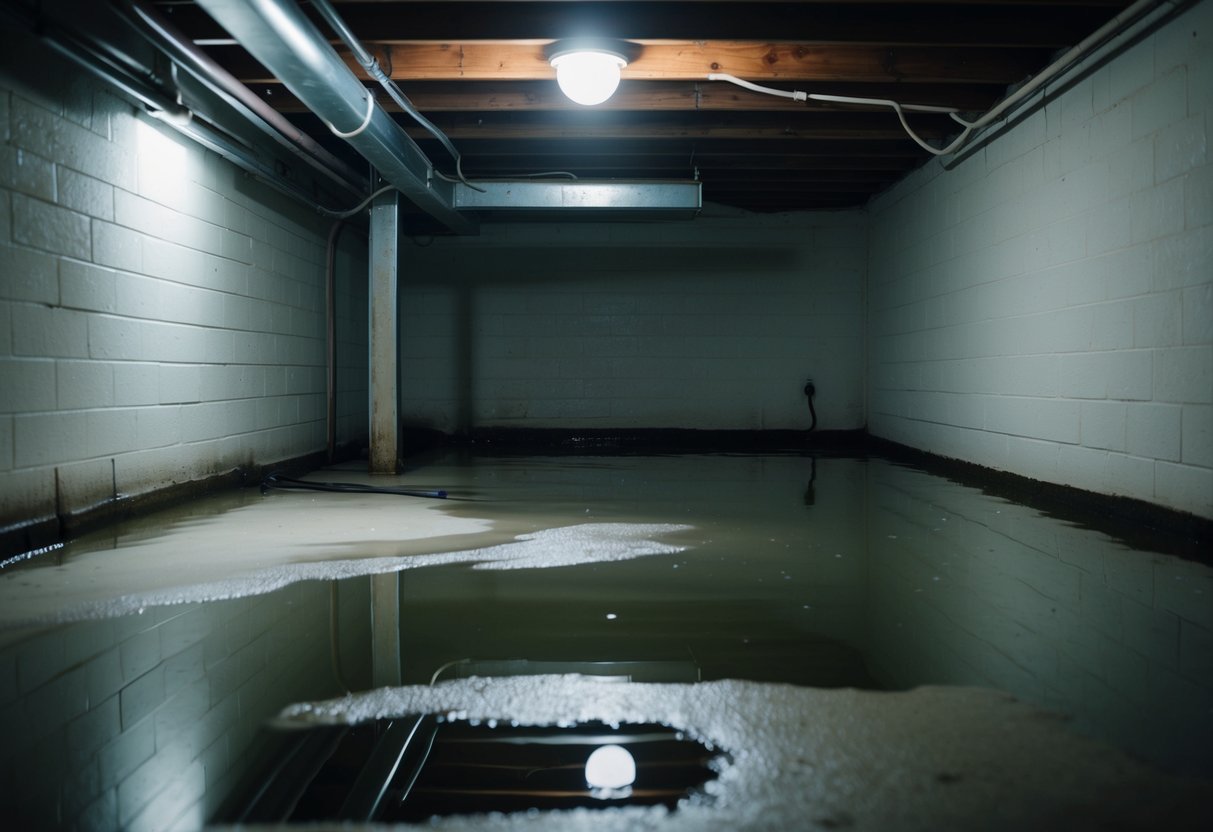Basement Makeovers: DIY Waterproofing Solutions for a Dry, Cozy Space
Thinking about a basement transformation can be exciting, yet the challenge of dealing with dampness and leaks often stands in the way. Many homeowners face the dilemma of how to make this space usable and comfortable without professional intervention. DIY waterproofing solutions offer practical and cost-effective methods to keep your basement dry and cozy, providing a perfect foundation for a renovation.
Some might wonder, why tackle basement waterproofing yourself? The answer lies in both savings and control. With a few strategic steps, homeowners can create a protective barrier against moisture that rivals professional results. From applying sealants to installing drainage systems, each technique equips you with the ability to safeguard your investment.
Taking the right approach doesn’t just protect your home; it enhances your living space. By addressing moisture issues with simple, effective strategies, you can transform your basement into a welcoming retreat. A little knowledge and effort can turn any damp and cold area into the cozy, functional space you’ve always wanted.
Understanding Basement Waterproofing
Basement waterproofing is essential for maintaining a dry, usable space. It involves a range of techniques and materials designed to prevent water from entering the basement. The primary goal is to protect the foundation and interior from moisture, which can lead to mold growth and structural damage.
A typical waterproofing system may include exterior and interior solutions. Exterior waterproofing focuses on keeping water away from the foundation by using barriers and drainage systems. It typically involves applying a waterproof membrane to the outer walls and ensuring proper yard grading.
Interior waterproofing aims to manage any water that does manage to infiltrate. This often includes installing sump pumps, sealing cracks in the foundation, and using interior sealants. These solutions work together to direct water away from the basement and into a drainage system.
Using quality materials is crucial for effective waterproofing. Homeowners can use specialized paints and coatings that penetrate and seal concrete surfaces. These products create a moisture-resistant barrier, providing an additional layer of protection.
Proper maintenance of a waterproof basement is important. Cleaning gutters and ensuring downspouts direct water away from the foundation can reduce the risk of leaks. Regular checks for any signs of moisture or damage allow for timely repairs, ensuring the long-term effectiveness of the waterproofing efforts.
Assessing Your Basement for Moisture Issues

Identifying moisture issues in the basement is crucial to ensuring a dry and cozy space. It’s important to first inspect the walls and floors for any signs of water intrusion. Discoloration, stains, or bubbling paint can indicate moisture damage.
Checking the humidity level is another essential step. A hygrometer can be used to measure humidity levels. Ideally, the basement should maintain a humidity level below 60% to prevent mold growth and moisture problems.
Take note of musty odors, as they can suggest hidden moisture or mold issues. Pay close attention to corners and joints where leaks might be more prevalent.
Observe whether there are any visible cracks in the foundation. Cracks can serve as entry points for water, worsening potential moisture problems. Sealing these cracks can reduce future water intrusion.
Finally, check for any pooling water or excessive dampness on the basement floor. This could be due to poor drainage or leaks that need immediate attention to prevent further moisture damage.
By taking these steps, one can effectively assess and begin to tackle existing moisture issues in their basement.



